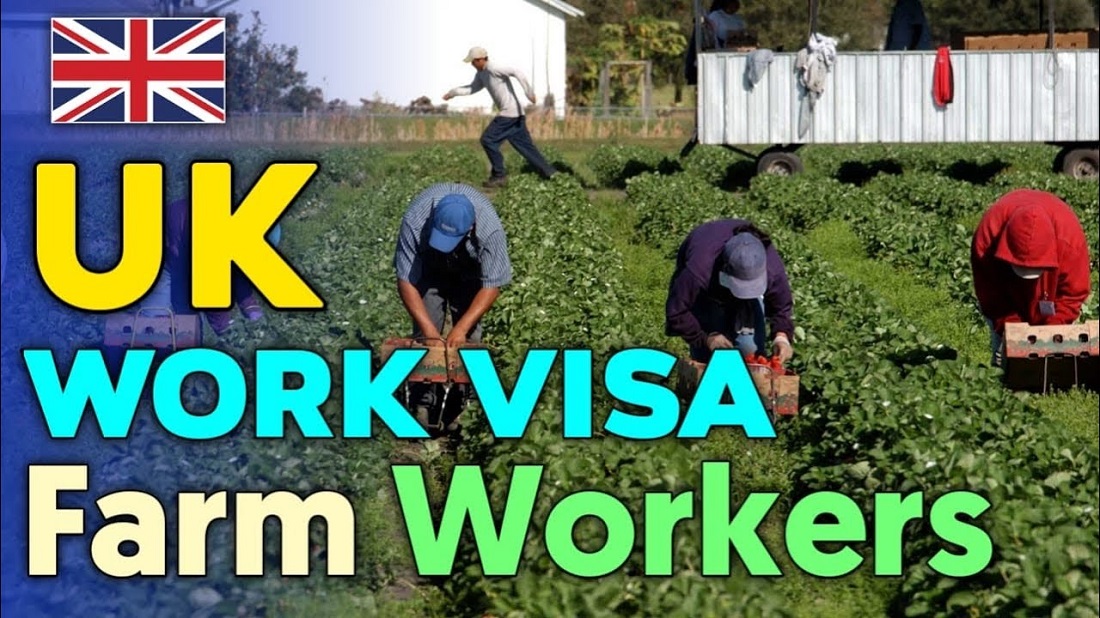Canada continues to be one of the most popular destinations for immigrants in 2025. With its strong economy, universal healthcare, and immigrant-friendly policies, the country welcomes hundreds of thousands of newcomers every year.
In 2025, Canada’s target is to admit 485,000 permanent residents, increasing to 500,000 in 2026 under the Immigration Levels Plan. This includes skilled workers, students, temporary workers, and family reunification applicants.
For skilled professionals, salaries can range from CAD $40,000 for entry-level roles to well over CAD $120,000 for experienced IT, healthcare, and engineering jobs. Combined with clear immigration programs like Express Entry, Provincial Nominee Programs (PNPs), and work permits, Canada offers one of the most straightforward immigration systems in the world.
How Much Can Immigrants Earn in Canada?
Your salary in Canada depends on your occupation, experience, and location.
Average Salaries by Sector
| Occupation | Average Annual Salary (CAD) | Notes |
|---|---|---|
| Registered Nurse | $65,000 – $95,000 | High demand across provinces |
| Software Engineer | $80,000 – $115,000 | Strong growth in Toronto, Vancouver, Calgary |
| Accountant/Financial Analyst | $60,000 – $90,000 | Demand in Ontario, Alberta |
| Skilled Trades (Electricians, Plumbers) | $55,000 – $85,000 | PNP pathways available |
| Truck Drivers | $48,000 – $70,000 | Shortage in Saskatchewan, Manitoba |
| Farm Workers (entry-level) | $33,000 – $52,000 | With housing included in some cases |
| University Professors | $80,000 – $120,000 | Highly competitive roles |
Regional Salary Differences
| Province | Average Annual Salary | Cost of Living (1-bed apt/month) |
|---|---|---|
| Ontario (Toronto/Ottawa) | $60,000 – $95,000 | $1,800 – $2,500 |
| British Columbia (Vancouver) | $58,000 – $92,000 | $1,900 – $2,700 |
| Alberta (Calgary/Edmonton) | $62,000 – $100,000 | $1,400 – $1,900 |
| Saskatchewan | $55,000 – $85,000 | $1,000 – $1,300 |
| Manitoba | $50,000 – $80,000 | $1,100 – $1,400 |
| Atlantic Provinces | $48,000 – $75,000 | $900 – $1,200 |
Alberta and Saskatchewan often give immigrants a better salary-to-cost-of-living balance compared to Vancouver or Toronto.
Jobs in Demand in Canada 2025
Canada identifies labour shortages every year and prioritizes immigrants in these sectors. In 2025, the most in-demand roles include:
-
Healthcare: Nurses, doctors, medical technologists, personal support workers.
-
Information Technology: Software engineers, cybersecurity analysts, data scientists, cloud specialists.
-
Skilled Trades: Welders, electricians, plumbers, mechanics.
-
Transportation: Truck drivers, heavy equipment operators, logistics supervisors.
-
Agriculture & Agri-food: Farm supervisors, greenhouse workers, livestock laborers.
-
Finance & Business: Accountants, auditors, business analysts.
-
Education & Research: University lecturers, researchers, childcare educators.
Canada Immigration Pathways (Step-by-Step)
There are several main immigration streams to Canada in 2025. Here’s a breakdown:
1. Express Entry System
-
The fastest pathway for skilled workers.
-
Manages three federal programs:
-
Federal Skilled Worker Program (FSWP)
-
Federal Skilled Trades Program (FSTP)
-
Canadian Experience Class (CEC)
-
-
Candidates are ranked using the Comprehensive Ranking System (CRS), based on age, education, work experience, and language ability.
-
Typical processing time: 6 months once invited.
2. Provincial Nominee Programs (PNPs)
-
Each province nominates candidates for permanent residence based on local labor shortages.
-
Examples:
-
Ontario Immigrant Nominee Program (OINP)
-
Alberta Advantage Immigration Program
-
Saskatchewan Immigrant Nominee Program (SINP)
-
Manitoba PNP
-
Atlantic Immigration Program (AIP)
-
-
Many PNPs accept candidates with lower CRS scores than federal Express Entry.
3. Work Permits (Temporary to Permanent)
-
Employer-Specific Work Permit: Tied to one employer (requires LMIA in most cases).
-
Open Work Permit: Allows you to work for any employer (common for spouses of skilled workers and students).
-
Programs like the Temporary Foreign Worker Program (TFWP) and Seasonal Agricultural Worker Program (SAWP) bring in thousands of workers every year.
4. Agri-Food Pilot
-
Designed for foreign workers in agriculture and food processing.
-
After 1 year of eligible Canadian work experience, workers can apply for permanent residence.
5. Student Pathway
-
Study in Canada → work permit → PR.
-
International graduates can apply for a Post-Graduation Work Permit (PGWP).
-
Work experience gained helps in Express Entry or PNP nominations.
6. Family Sponsorship
-
Canadian citizens and permanent residents can sponsor spouses, partners, dependent children, and sometimes parents/grandparents.
Step-by-Step Guide to Applying for Immigration
-
Choose Your Pathway
-
Skilled worker → Express Entry/PNP.
-
Farm or trades → Agri-Food Pilot or PNP.
-
Study route → student visa then PR.
-
-
Check Eligibility
-
Language: English/French test (IELTS, CELPIP, TEF).
-
Education: Get an Educational Credential Assessment (ECA) if studied outside Canada.
-
Work experience: At least 1 year in NOC 0, A, B, or certain in-demand C jobs.
-
-
Create Express Entry Profile (if skilled worker)
-
Enter details on age, work experience, language, education.
-
Receive CRS score.
-
-
Get Job Offer or Provincial Nomination (Optional but Helpful)
-
A Canadian job offer can boost CRS by 50–200 points.
-
Provincial nominations add 600 points, almost guaranteeing an invitation.
-
-
Receive Invitation to Apply (ITA)
-
If selected in a draw, submit full application within 60 days.
-
-
Submit Documents
-
Passport, ECA, IELTS/TEF results, medical exam, police clearance, work history, proof of funds.
-
-
Wait for Processing
-
Express Entry PR: about 6 months.
-
PNP: 6–12 months depending on stream.
-
-
Travel to Canada
-
Once PR visa is issued, land in Canada and receive Permanent Resident Card.
-
Benefits of Immigrating to Canada
-
High salaries & job opportunities across multiple sectors.
-
Permanent residency within 6–12 months via Express Entry or PNP.
-
Pathway to citizenship after 3 years of PR.
-
Free healthcare and public education for residents.
-
Work-life balance with paid leave and employment protections.
-
Multicultural society where immigrants make up over 23% of the population.
Challenges to Prepare For
-
High cost of living in major cities (Toronto, Vancouver).
-
Harsh winters in provinces like Manitoba and Saskatchewan.
-
Competition in Express Entry — CRS cut-offs fluctuate around 480–510 points.
-
Recognition of foreign qualifications can take time.
-
Adjustment period — new culture, different work style, need for Canadian experience.
Conclusion
In 2025, Canada remains one of the top immigration destinations worldwide. With salaries ranging from CAD $40,000 to over $120,000, a variety of in-demand jobs, and multiple immigration pathways, it offers real opportunities for skilled workers, students, and families.
Whether you choose Express Entry, a Provincial Nominee Program, or a farm/agriculture stream, the key is preparation: language tests, credential assessments, and a clear plan. If you take these steps, Canada offers not just a job, but a permanent new home and future.


